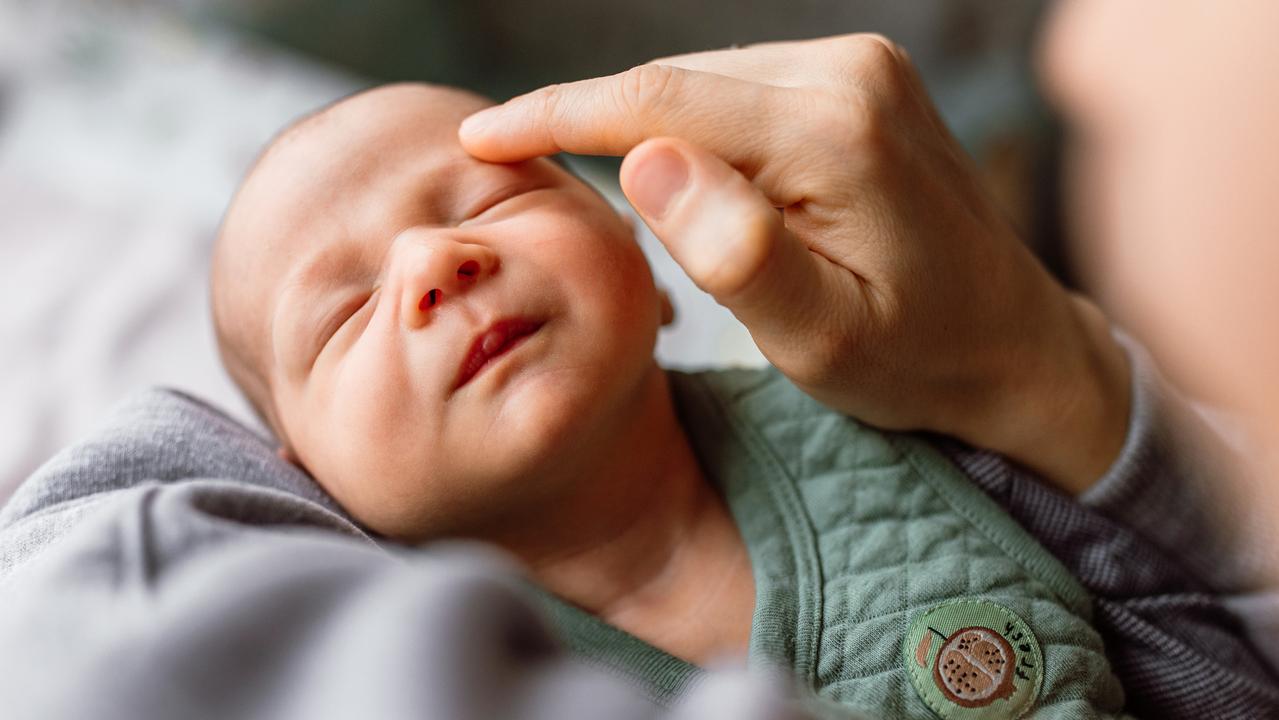Innocent mistake lands diner staggering $90,000 bill
A restaurant diner was flabbergasted after an innocent social media mishap resulted in her getting stuck with a mind-boggling $90,000 bill.
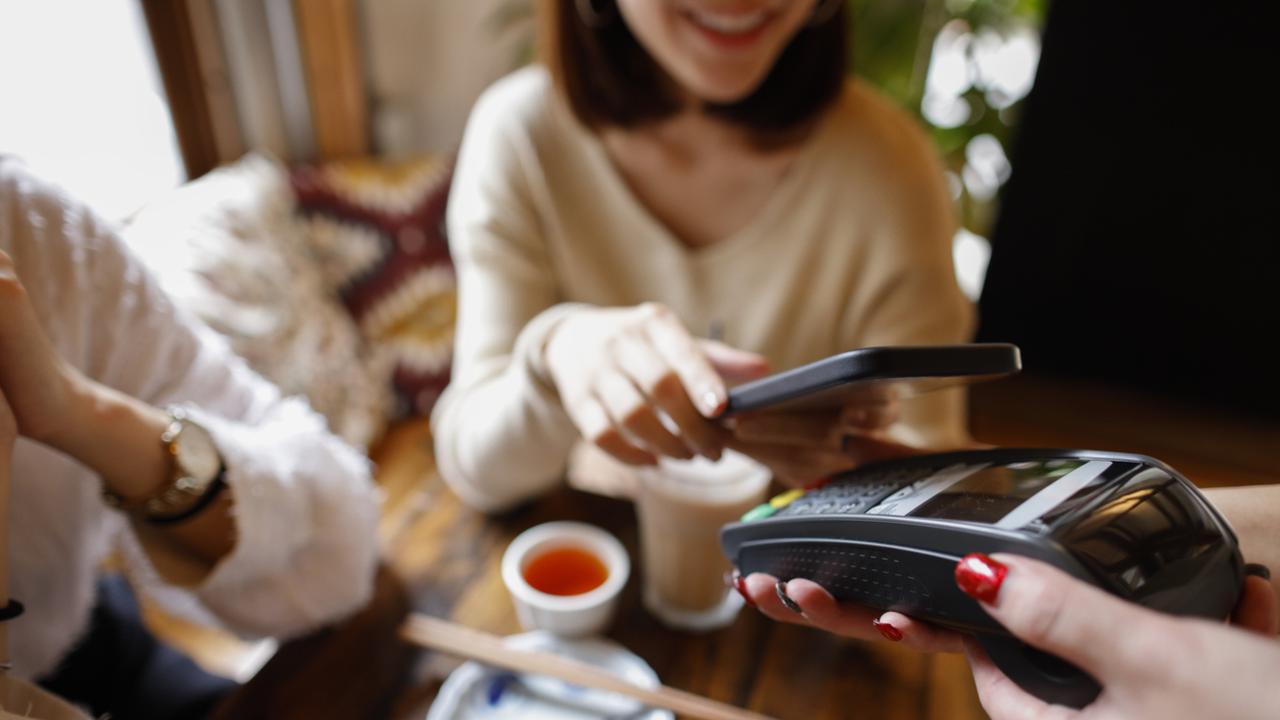
Lifestyle
Don't miss out on the headlines from Lifestyle. Followed categories will be added to My News.
Christmas came early for epicurean-minded cybercriminals.
This is yet another reason to pay before you post: A Chinese restaurant customer was left flabbergasted after an innocent social media mishap resulted in her getting stuck with a mind-boggling $90,000 bill.
The bankruptcy-inducing incident occurred on November 23 while the woman, identified only by her surname Wang, was dining with a friend at a hotpot restaurant in Kunming, Southwest China, The South China Morning Post reported.
As is the trend among many restaurant patrons nowadays, she decided to snap a picture of her meal for social media.
Things went south after the diner accidentally included a photo of the table’s QR code, which patrons scan via iPhone to pay for the meal.
After posting the food porn pics to Chinese social media site WeChat, she realised something was awry shortly thereafter when she received a check totalling a mind-boggling 430,000 yuan (around $90,300).
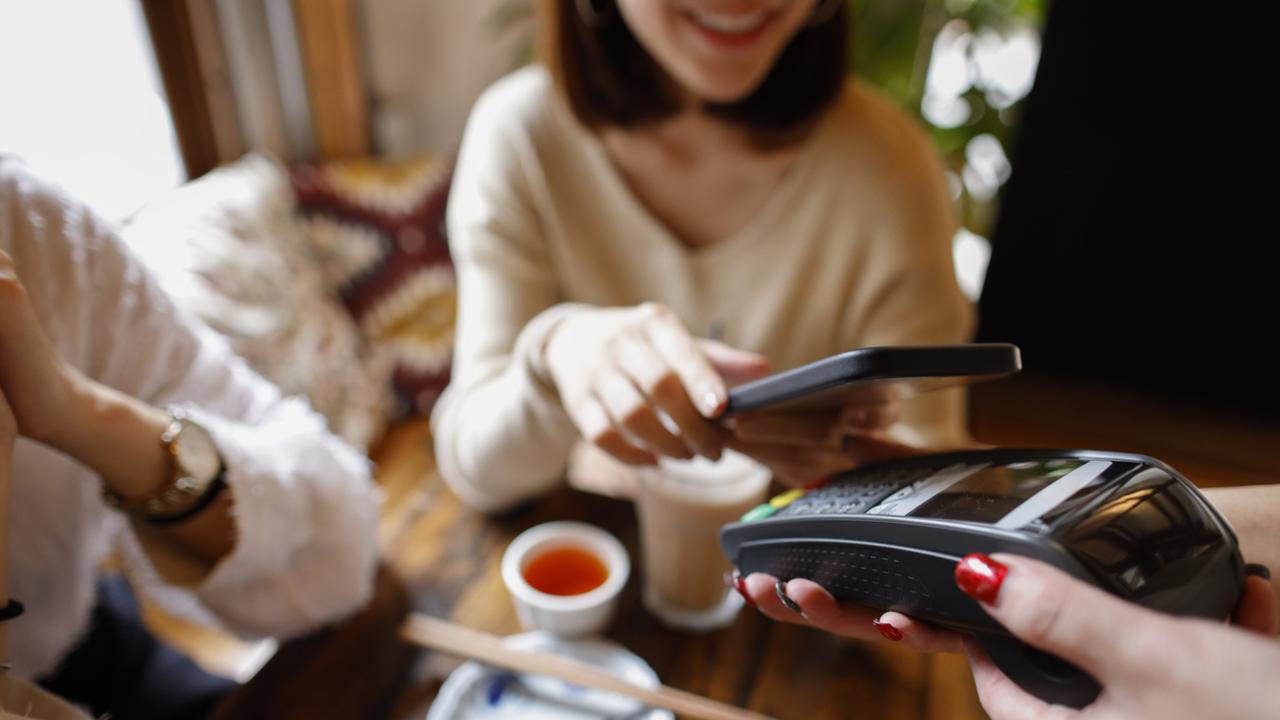
As it turned out, despite only posting the photos for her contacts, a shady party — or multiple malicious entities — had used the QR code to put a ludicrous amount of food on her tab.
The illicitly “comped” dishes included 2580 orders of squid, 1850 orders of duck blood (a popular delicacy in the region) and an insane 9990 portions of shrimp paste.
Even after Wang recognised her error and deleted the pic, she continued to be inundated with bootleg orders, which she attributed to someone downloading the photo before it was erased, China Daily reported.
Fortunately, staffers didn’t make the besieged eater pay for the extra items and moved her to a new table to distinguish the real orders from the frauds.
Unfortunately, the restaurant bosses weren’t able to track down the culprits nor stop the scammers from racking up new charges.
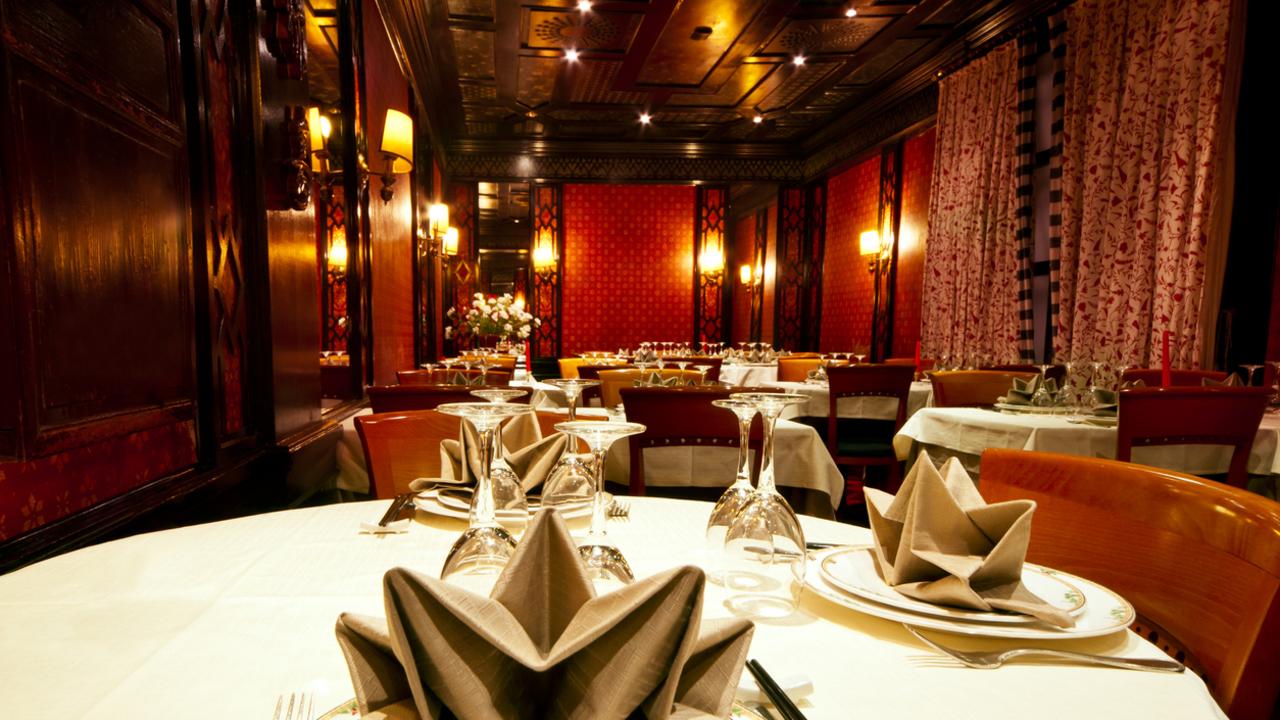
To prevent future free-for-alls, the restaurant has revised its ordering system so orders can only be placed within a certain distance.
Despite getting digitally hornswoggled, Wang dubbed the whole ordeal a learning experience.
Meanwhile, other WeChat users shared similar instances of having their QR codes hijacked, illustrating the pitfalls of the digitised ordering system.
Sichuan Province-based lawyer Lin Xiaoming advised that ordering platforms employ antitheft security measures, including requiring customers to make a prepayment before ordering and penalising food thieves with credit score deductions and other deterrents.
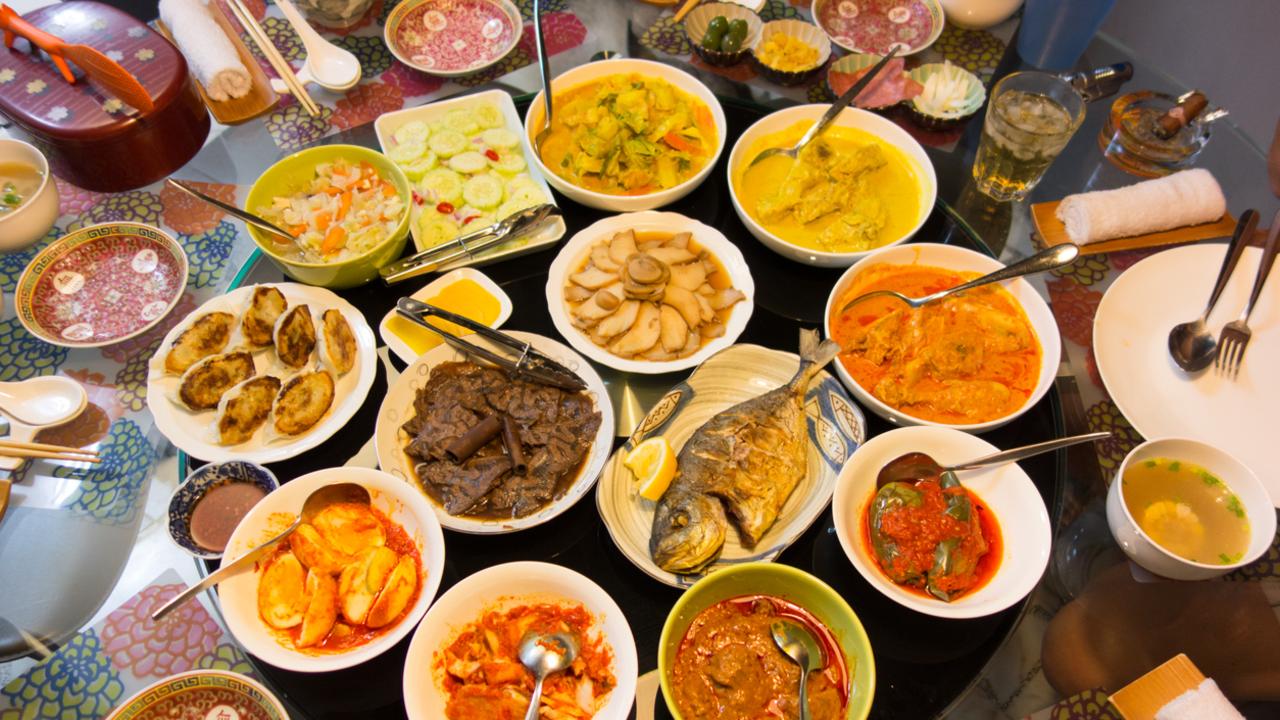
Security concerns aren’t the only issues diners have with the QR code ordering format.
Many restaurantgoers in the US have accused our version of the system, in which diners scan a code to pull up the menu, of ruining the dining experience.
“Being forced to squint at an iPhone before your first sip of wine can suck the joy right out of a meal — indoors or out,” Post food critic Steve Cuozzo wrote in a column last year.
“Dining out should be carefree and fun,” seconded New York-based communications consultant Rachel Antman, who likes to eat out frequently. “QR codes kill the mood and turn what should be a pleasant experience into a chore.”
This article originally appeared on the New York Post and was reproduced with permission
Originally published as Innocent mistake lands diner staggering $90,000 bill




